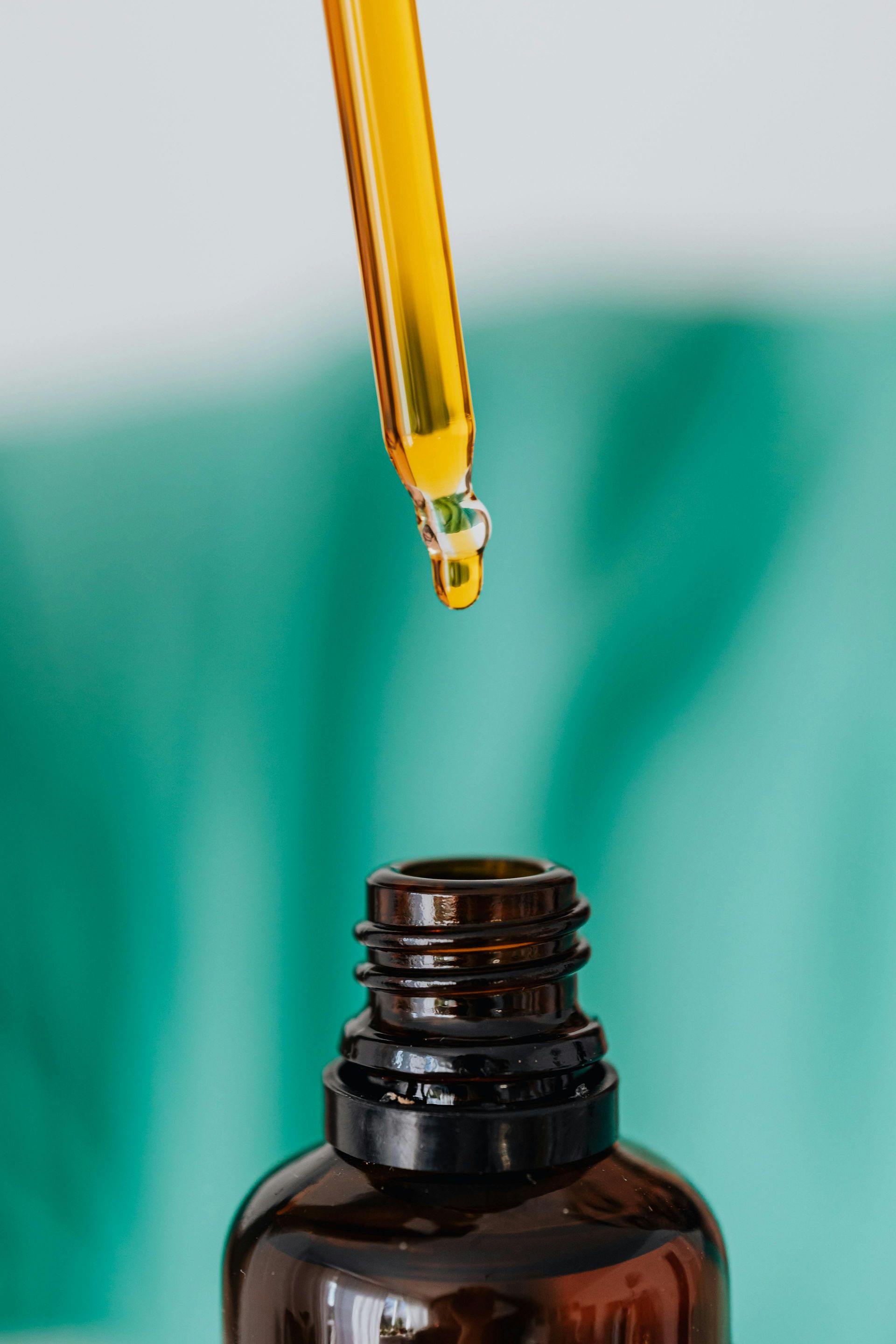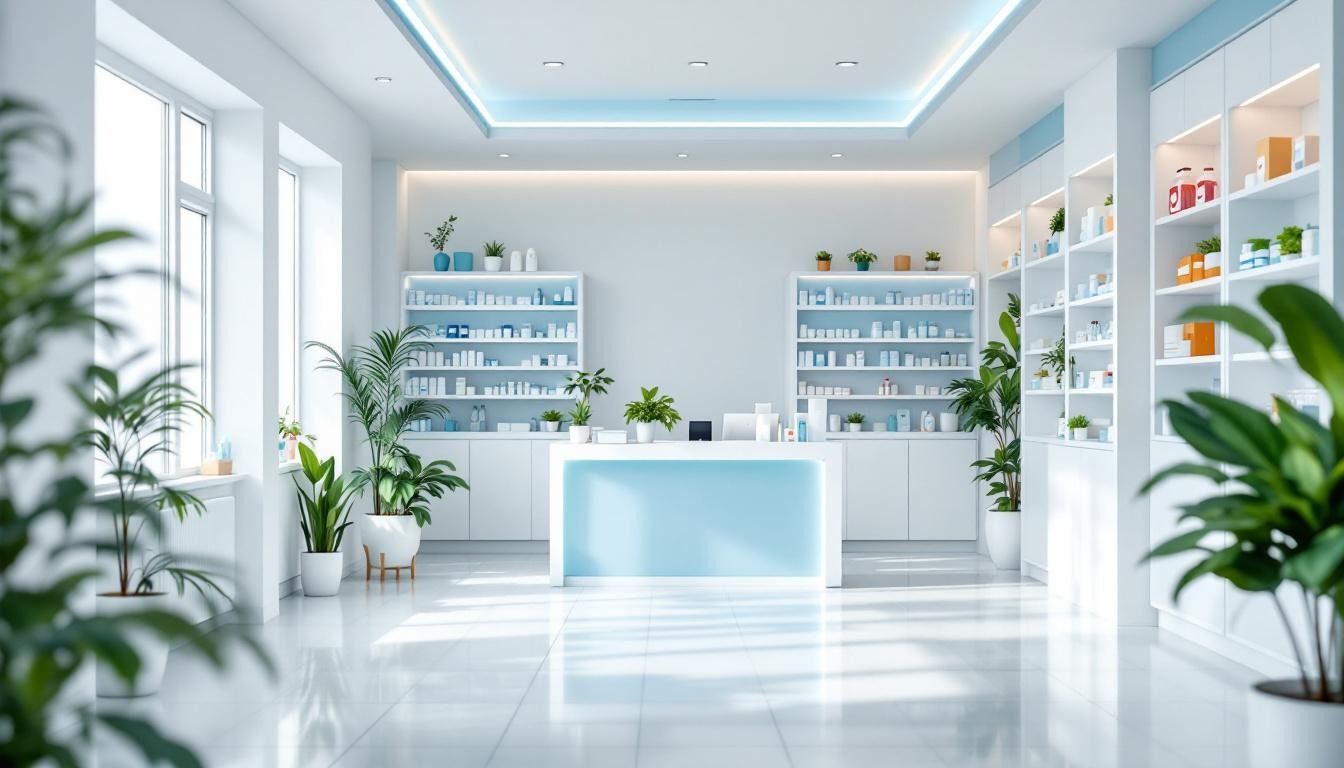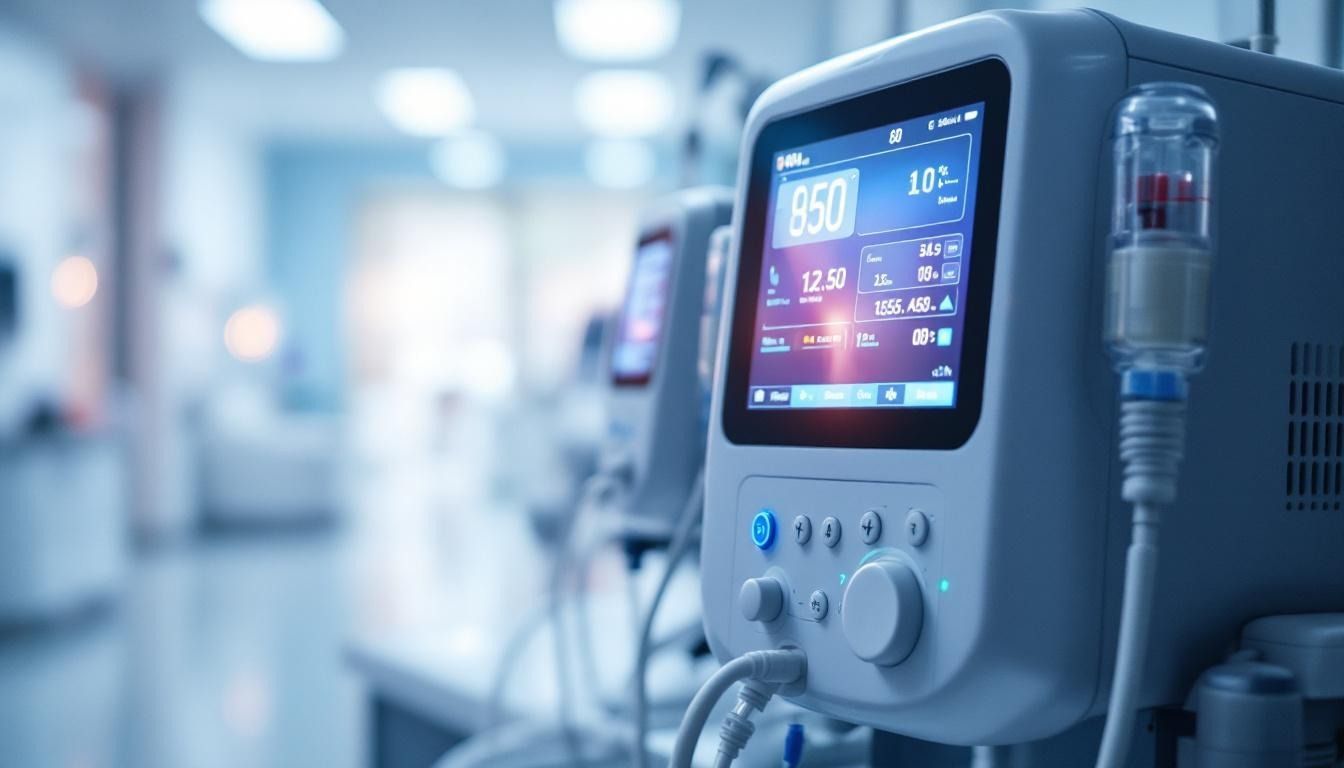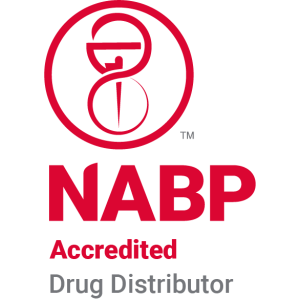How to Extend the Shelf Life of TPN, IDPN, and IPN Solutions
Ensuring Stability and Safety in Parenteral Solutions
Total parenteral nutrition (TPN), along with intradialytic (IDPN) and intraperitoneal (IPN) solutions, are essential components of nutritional therapy for various patient populations. Extending the shelf life of these solutions requires a comprehensive understanding of storage conditions, stability factors, and handling protocols. This article explores best practices based on scientific research and clinical guidelines to ensure maximum safety, efficacy, and shelf stability of TPN, IDPN, and IPN solutions.
Proper Storage Conditions for TPN Solutions
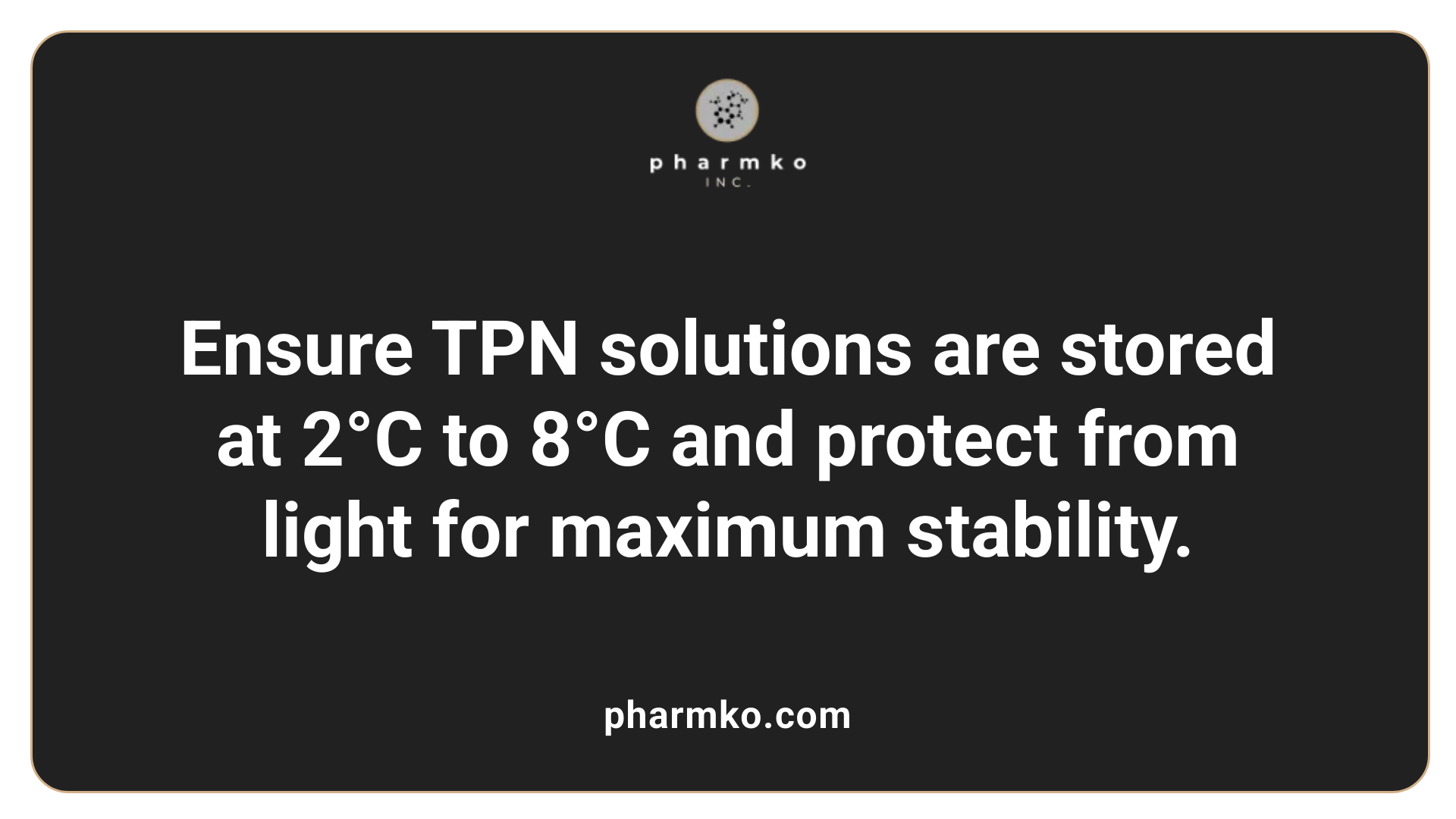
How should total parenteral nutrition (TPN) solutions be stored to maintain their safety and efficacy?
Total parenteral nutrition (TPN) solutions must be stored under specific conditions to ensure safety and effectiveness. The primary storage location is the refrigerator set between 36°F and 46°F (2°C to 8°C). This refrigeration temperature helps maintain the stability of the solution's nutrients and prevents microbial growth. Premixed TPN bags intended for emergency use can be stored at room temperature but should be used within a designated period and warmed to room temperature before infusion.
Before administration, always inspect the TPN solution. Check the expiration date, ensure the solution is clear and free of cloudiness, fat particles, or crystals, and confirm proper labeling. Handling should be done using sterile techniques to prevent contamination.
What is the recommended shelf life of TPN solutions when stored properly?
The shelf life of TPN solutions varies based on storage conditions and formulation. When refrigerated at 2°C to 8°C, solutions can remain stable for up to 12 weeks, maintaining nutrient integrity without precipitates. At room temperature, their stability diminishes, and they are generally recommended for use within 24 hours. Lipid emulsions are particularly sensitive and should be infused within this time frame, although lipids stored under optimal conditions may last up to one week. Vitamins, particularly vitamin C, are prone to degradation, especially at room temperature.
Proper storage and protection from light, especially for photosensitive vitamins, are essential to prolong shelf life. Always adhere to local protocols and manufacturer guidelines.
How long is a TPN solution good for once prepared?
Once prepared, TPN solutions are usually stable for up to 24 hours at room temperature, provided no contamination occurs. This includes the entire mixture—amino acids, glucose, lipids, electrolytes, vitamins, and trace elements. Lipid-emulsified components should also be infused within this period to minimize the risk of bacterial growth and chemical degradation.
The stability can be influenced by factors such as light exposure, temperature, presence of medications, and the pH of the solution. Proper handling, including gentle mixing and maintaining confidentiality of aseptic technique, helps preserve solution integrity.
What are the best practices for maintaining the stability and safety of TPN during storage and handling?
Maintaining TPN stability involves a combination of appropriate storage, handling, and usage practices:
- Store solutions at temperatures between 2°C and 8°C.
- Protect solutions from light exposure by using opaque bags or light-protective covers.
- Use solutions within their recommended shelf life; typically 24 hours at room temperature.
- Check solutions for any physical changes before administration; discard if issues like leakages, cloudiness, or precipitates are observed.
- Ensure aseptic techniques during preparation and handling.
- Properly mix solutions to avoid incompatibilities, especially with electrolytes and vitamins.
- Use sterile, DEHP-free tubing with appropriate filters during administration.
- Document lot numbers, expiration dates, and storage conditions meticulously.
- Discard unused portions accurately to prevent microbial contamination.
Are there scientific data or research studies on the stability and shelf life of TPN solutions?
Extensive research supports that TPN solutions are generally stable up to 72 hours when stored correctly. Factors like pH, electrolyte concentration, exposure to oxygen or light, and temperature influence stability and potential for precipitation or degradation. Compatibility studies, especially for added medications or vitamins, are vital to prevent adverse reactions.
Scientific investigations have also examined how storage conditions, such as multi-layered bags versus EVA bags, impact vitamin stability—particularly thiamine—showing longer stability in specific environments. Advances in manufacturing and formulation techniques continue to improve our understanding of TPN stability, allowing for safe extension of shelf life under controlled conditions.
What potential issues should be monitored during storage to prevent microbial contamination or degradation?
Monitoring physical and chemical stability is critical. Regularly inspect solutions for signs like discoloration, crystal formation, or leaks. Temperature deviations should be corrected immediately. Microbial contamination can be minimized by maintaining strict asepsis, using proper storage environments, and discarding solutions if contamination is suspected. Using sterilized supplies, properly sealing containers, and following expiration guidelines are fundamental practices. Recent technological advances include rapid microbial detection methods and physical monitoring systems to alert staff to possible contamination.
What are the clinical and safety considerations for extending the shelf life of TPN solutions?
Extending TPN shelf life requires comprehensive stability studies and regulatory approval. Validating that extended storage does not compromise sterility or nutrient stability is essential. Implementing constant monitoring and validation protocols ensures safety. Extended shelf life may increase the risk of bacterial growth if storage conditions are not strictly maintained. Strict adherence to institutional policies and national guidelines, along with documentation, supports safe practice. Certain additives or formulations may limit the potential for longer shelf life; therefore, personalized assessment is necessary.
Where can I find detailed guidelines or protocols for the storage and management of TPN solutions?
Refer to guidelines provided by professional organizations such as the American Society for Parenteral and Enteral Nutrition (ASPEN). Their evidence-based policies include protocols for preparation, storage, handling, and administration. Institutional policies also play a significant role and should be aligned with local regulations and manufacturer instructions. Physicians, pharmacists, and specialized nutrition support teams often develop facility-specific procedures that adhere to national and international standards. For comprehensive, trusted information, consult official guidelines and peer-reviewed publications.
Impact of Storage Temperature and Light on Solution Stability

What storage conditions influence the longevity of TPN, IDPN, and IPN solutions?
Storage conditions are critical to maintaining the stability and effectiveness of parenteral nutrition solutions. Proper temperature management, light protection, and suitable container materials extend shelf life and prevent nutrient degradation. TPN and IDPN solutions are best stored in refrigerated environments at temperatures between 36°F and 46°F (2°C to 8°C). This cool setting inhibits microbial growth and slows chemical reactions that could compromise the solution.
Light exposure, especially ultraviolet light, accelerates the deterioration of light-sensitive vitamins like vitamin A, and promotes lipid peroxidation in lipid emulsions. To combat this, using opaque or light-resistant containers minimizes nutrient loss.
Container material also plays a role. Multi-layered bags reduce oxygen permeability and help keep solutions stable by preventing oxidation and moisture ingress. Such careful environmental controls ensure the solutions' components remain effective and safe for longer periods.
Regular environmental monitoring and adherence to storage guidelines are essential for prolonging the shelf life of these nutritional solutions.
How does pH affect the stability of TPN solutions?
The pH of TPN solutions influences the stability of their ingredients significantly. An optimal pH around 7 to 8 is ideal for maintaining emulsion stability and preventing phase separation. Acidic pH levels below 6 can cause destabilization of lipid emulsions, leading to creaming, cracking, or increased risk of emulsion breakdown.
Adding medications or electrolytes that alter the pH can compromise the solution’s stability. For example, certain amino acid solutions might lower pH and promote microprecipitation when combined with calcium or phosphate.
During preparation, pH monitoring and adjustments are necessary to maintain the correct balance. This careful process prevents instability, ensuring the safety and efficacy of the TPN for the patient.
What are the effects of oxygen and light on the stability of TPN solutions?
Oxygen and light are significant factors that can degrade TPN components. Oxygen exposure leads to oxidative reactions, which diminish lipid quality, degrade vitamins like vitamin C, and generate harmful oxidation products. This can cause rancidity in lipid emulsions and reduce the potency of sensitive vitamins.
Light, especially UV radiation, accelerates photodegradation of vitamins such as vitamins A and E. This process can result in discoloration, loss of nutritional value, and potential formation of toxic compounds.
To minimize these effects, solutions are stored in opaque or light-resistant packaging, and oxygen exposure is limited by using oxygen-impermeable bags. Proper storage, along with reducing headspace in containers, helps slow oxidative processes, maintaining the solution’s stability over time.
How can mixing and compatibility of components affect TPN stability?
Compatibility between components like electrolytes, vitamins, and medications is vital to prevent physical and chemical instability. Incompatible mixes can cause precipitation, emulsion breakdown, or nutrient degradation.
For instance, high calcium and phosphate concentrations increase the risk of crystal formation, which could lead to embolism. Similarly, using electrolytes with inappropriate pH may cause lipid creaming or cracking.
Adherence to compatibility guidelines, proper mixing techniques—such as gentle rocking—and regular pH adjustment help maintain the desired stability. Pre-mixing testing and continuous monitoring are necessary to ensure compatibility, patient safety, and optimal nutrient delivery.
What are the roles of laboratory testing and monitoring in maintaining TPN stability?
Regular laboratory analysis plays a crucial role in ensuring TPN solutions remain stable throughout their storage and use. Tests include visual inspections for cloudiness, precipitates, or discoloration, and measurement of pH to detect shifts that could signal instability.
Advanced techniques like spectroscopy and chromatography analyze for nutrient degradation or the presence of degradation products. Monitoring serum electrolytes, blood glucose, and lipid levels during infusion provides real-time feedback on how the solution affects the patient and if adjustments are needed.
These assessments help detect early signs of instability or contamination, allowing medical teams to intervene promptly. Consistent monitoring guarantees safety, extends shelf life, and optimizes nutritional support.
What handling procedures are critical during preparation and administration to prevent contamination?
Maintaining strict asepsis is essential during TPN preparation and administration. Disinfection of vial ports and medication vials using alcohol pads prevents microbial contamination.
Using sterile syringes, needles, and connectors minimizes infection risks. When adding medications, sterile techniques, such as proper cleaning of injection ports and gentle mixing, prevent introduction of bacteria.
During preparation, working in controlled environments, like laminar flow hoods, ensures a sterile setting. Post-preparation, line cleaning with saline and secure dressing applications prevent microbial entry.
Proper priming of the IV line to eliminate air and the use of DEHP-free tubing reduce risks of embolism and chemical leaching.
Disposal of sharps and residual solution in accordance with safety protocols prevents accidental injuries and contamination.
Are there specific formulation considerations that influence TPN stability over extended periods?
Formulation components significantly impact TPN shelf life. Adjusting electrolyte levels to prevent precipitation and maintaining pH around 8 promotes stability, especially for lipid emulsions.
Inclusion of antioxidants like vitamin E reduces lipid peroxidation, supporting longer storage durations.
Choosing appropriate amino acid solutions, such as Vamin 14 or Eloamin 15%, influences vitamin B1 stability and overall solution integrity.
Compatibility testing during formulation development ensures that components do not react negatively, leading to phase separation or crystal formation.
Designing formulations with these factors in mind ensures longer shelf life without compromising safety.
What are the main regulatory considerations supporting extended shelf life of TPN solutions?
Regulatory agencies, including the FDA, mandate comprehensive stability testing to validate extended shelf lives. These tests assess physical, chemical, microbiological, and functional stability under specified storage conditions.
Real-time studies and accelerated stability tests provide data to support shelf life extensions, demonstrating that TPN solutions remain safe and effective over time.
Packaging validation, such as the use of multi-layered, oxygen-impermeable bags, is also essential. It protects contents, minimizes degradation, and complies with standards.
Approval of longer shelf lives depends on rigorous data submission and adherence to international guidelines, ensuring patient safety and manufacturing quality.
Summing Up Best Practices for TPN Stability
In conclusion, extending the shelf life of TPN, IDPN, and IPN solutions requires meticulous attention to storage conditions, formulation compatibility, and handling procedures. Optimizing temperature, protecting solutions from light and oxygen, and ensuring aseptic preparation are key steps. Scientific research underscores the importance of stability testing and regulatory compliance in safely prolonging solution usability. Regular monitoring, proper packaging, and adherence to guidelines from authoritative organizations help maximize both chemical integrity and microbial safety, ultimately ensuring that patients receive effective and safe nutritional support over extended periods. Through diligent application of these strategies, healthcare providers can improve outcomes and reduce wastage in parenteral nutrition therapy.
References
- Home TPN Therapy Guide
- Intradialytic Parenteral Nutrition (IDPN)
- The stability of thiamine in total parenteral nutritionmixtures ...
- A Complete Step-by-Step Guide to Administering TPN at ...
- Stability and compatibility of parenteral nutrition solutions
- Total Parenteral Nutrition - StatPearls
- Stability and compatibility of parenteral nutrition solutions
- The Hitchhiker's Guide to Parenteral Nutrition Management ...
- Kinetic stability of all-in-one parenteral nutrition admixtures ...
- Safety in parenteral nutrition compounding - ASPEN Journals



